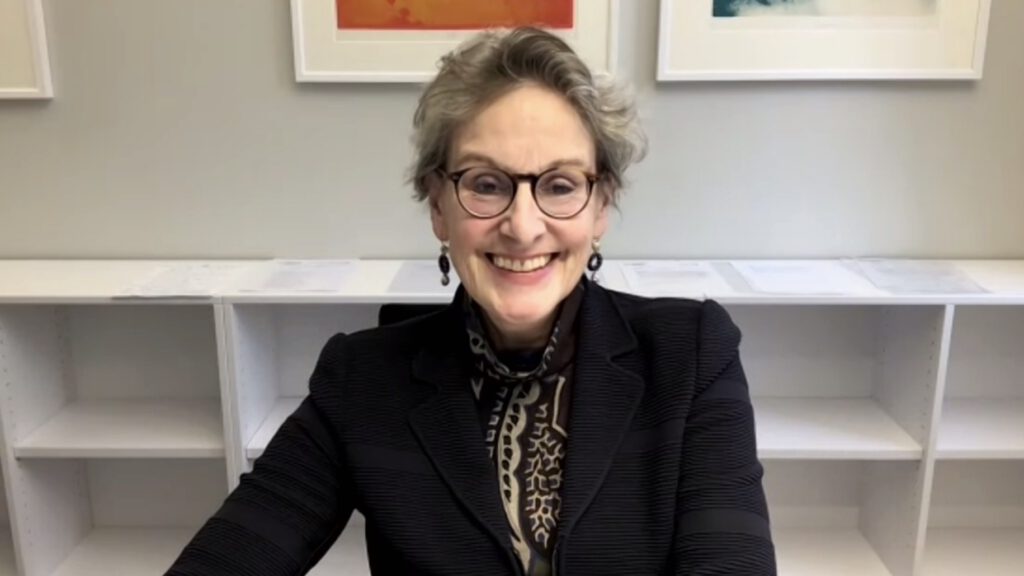A new study by an international team of researchers including Ursula Staudinger reveals that older adults feel more rushed today than 25 years ago. Due to economic growth and modernization the perceived sense of time pressure has increased – a phenomenon known as “social acceleration”. So far, this has mostly been studied in younger and middle-aged adults who are still in the workforce. But the new study makes it clear that this is also the case with adults in their 70s and 80s.
Why time perception matters
How one experiences time has implications for health and wellbeing. This is why the ten co-authors wanted to find out whether sociohistorical changes in time perception also extend into old age. They looked at two dimensions of time perception: the subjective “speed of time” and the perceived “time pressure”. While speed of time is about the perceived pace at which time proceeds in everyday life, time pressure can be understood as a sense that the time available to do necessary things is running out.
According to previous research, time pressure can lead to poorer physical health, a sense of exhaustion, elevated blood pressure or symptoms of depression. Up to now, the focus however has largely been on young and middle-aged adults in the work context. “It is important to consider the implications for the whole adult lifespan,” says Staudinger. “People don’t stop being part of society when they retire. And they still have a lot of life-time available.”

The Berlin Aging Studies
To find out more about the implications for older adults, the researchers used data from matched samples drawn from the Berlin Aging Study in the early 1990s and the Berlin Aging Study-II in the mid-2010s. The rapidly developing metropolitan region of Berlin offered an ideal setting for studying social acceleration as it has experienced extraordinary socioeconomic and political changes over the last 30 years.
What the research team discovered is that the later-born older adults reported more time pressure than their same-aged peers in the 1990s. On the other hand, perceived speed of time did not differ significantly across cohorts although earlier-born older adults’ perceptions were more varied.
Possible explanations for greater time pressure
“Our research shows that societal speed-up also affects older people long out of the workforce,” reports Staudinger. One explanation proposed by the authors is the so-called “bucket list effect”, referring to a recent historical trend that older adults pursue more leisure-related and social goals they had put off during middle adulthood. Furthermore, today’s older adults spend more time volunteering than their earlier peers.
“We definitely need more research in this direction to better understand these factors as well as other possible causes leading to greater time pressure among older adults,” Staudinger emphasizes. “With the adjustment of the legal retirement age in Germany the number of older people in work will increase. Therefore, these questions concerning accelerative trends could gain crucial relevance.”
Research Article:
Sociohistorical Change in Urban Older Adults’ Perceived Speed of Time and Time Pressure


